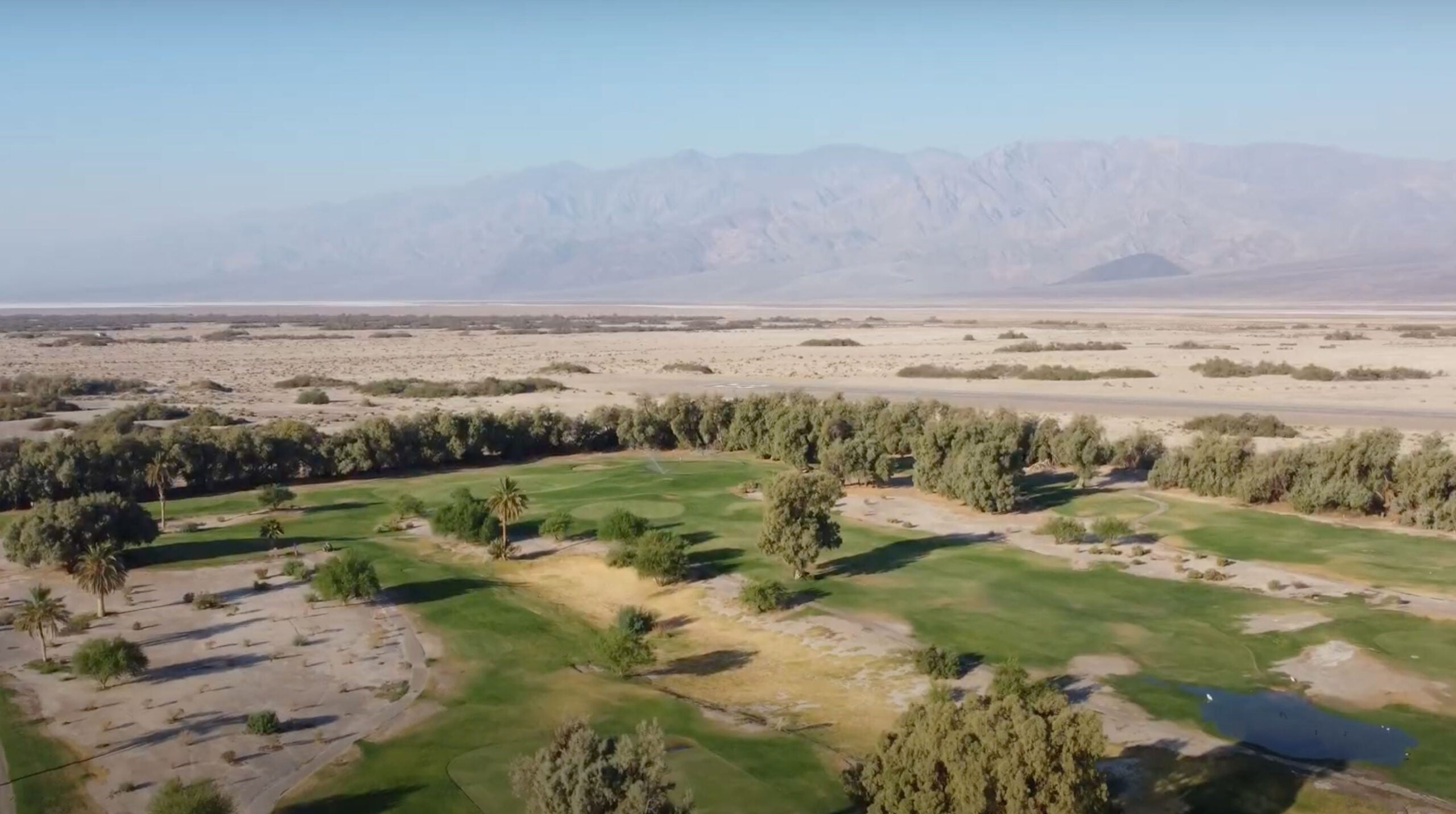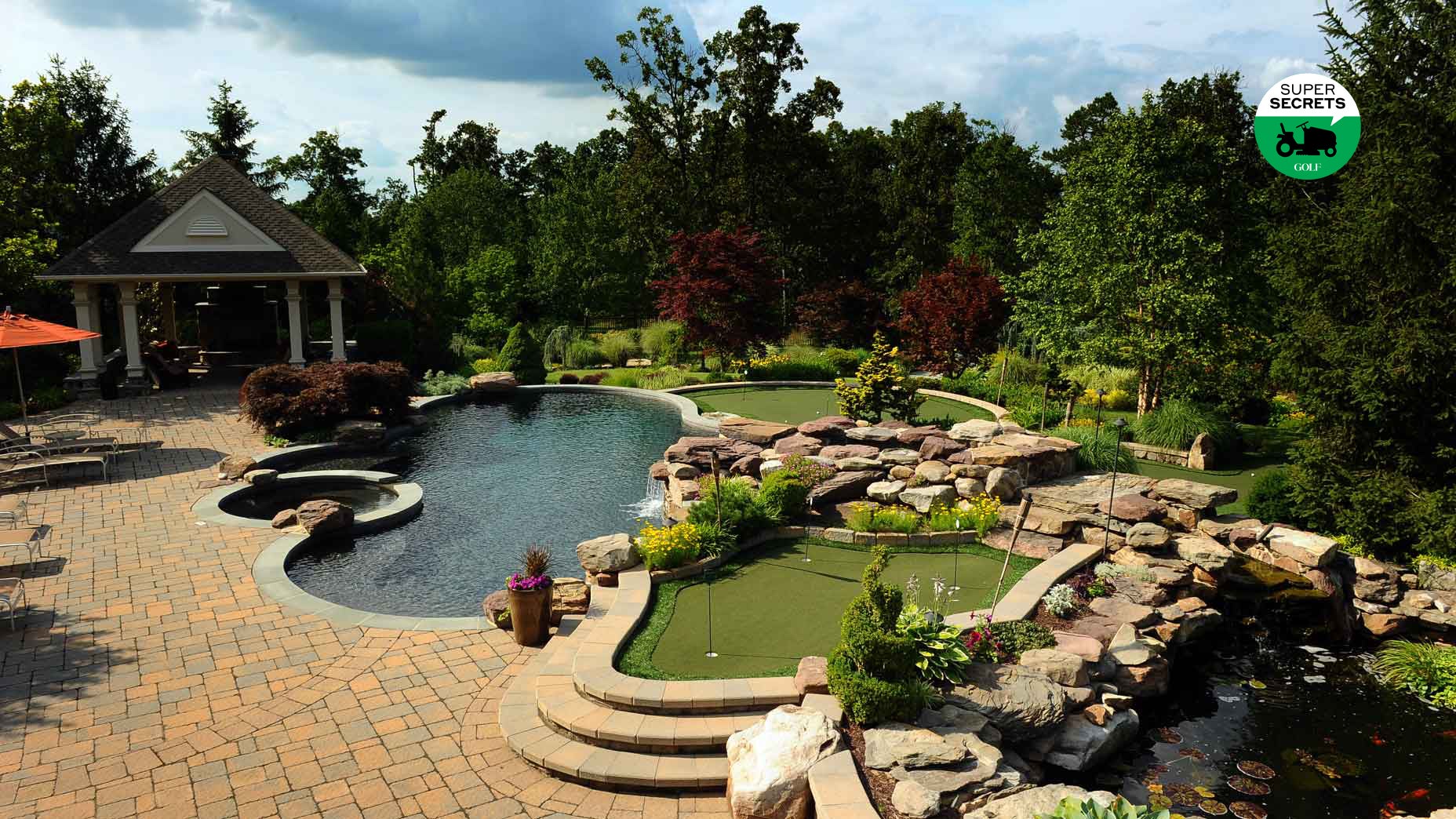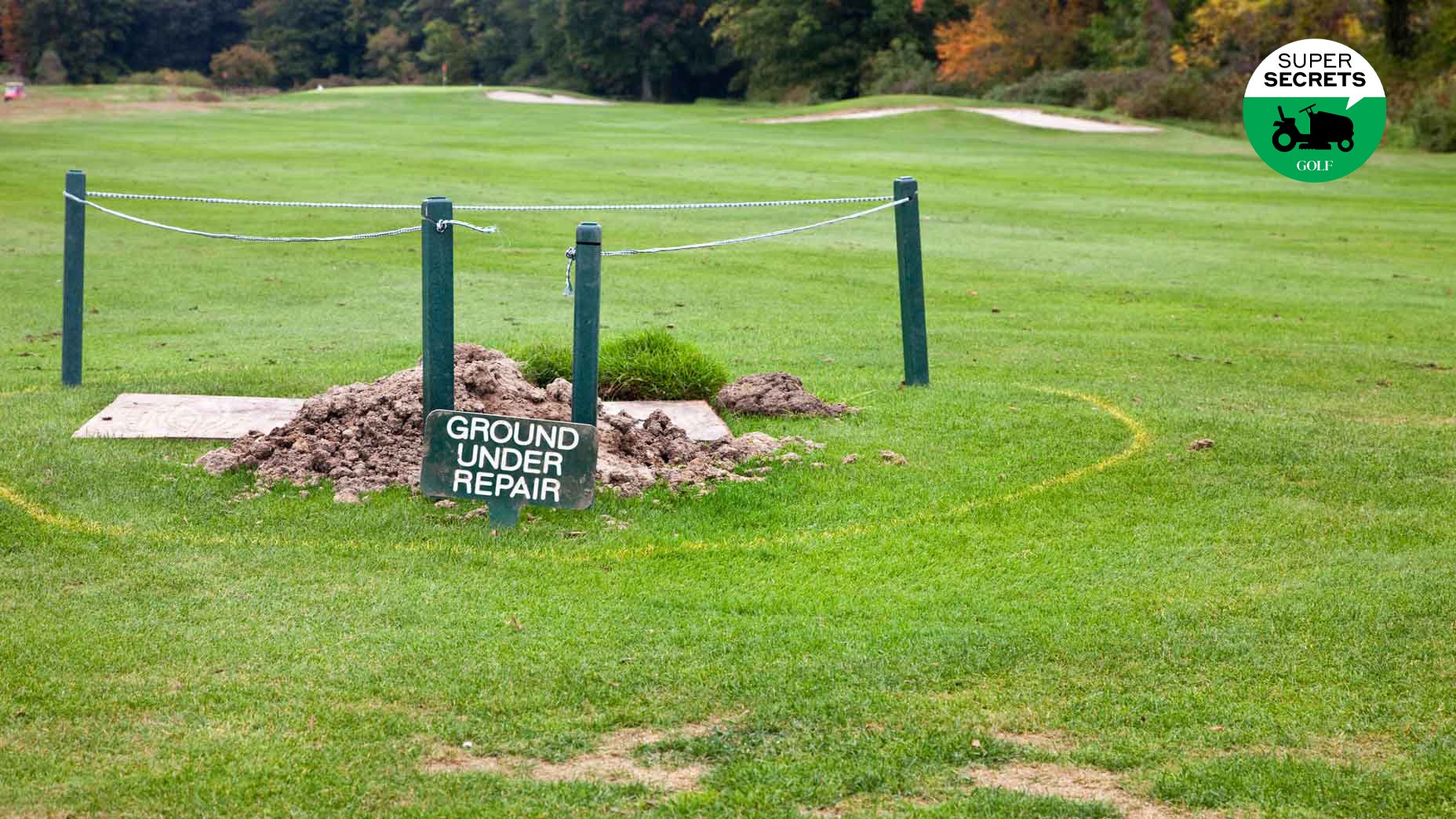Maintaining a golf course can be tough in any context. But try tending turf in the hottest, driest spot in North America, on the lowest-elevation layout in the world.
Bobby Alford is the assistant superintendent at Furnace Creek Golf Course, in Death Valley, Calif., where the property bottoms out at 214 feet below sea level and summertime temperatures routinely crack 120 degrees.
We asked him how those searing conditions affect course upkeep, and how he and his crew manage to keep their cool. To hear more from Alford, check out the video accompanying this article.
What to know about H20
Furnace Creek is a literal oasis. It sits on ancient springs that supply what Alford describes as “pretty much unlimited water.” Not that he’d ever want to waste it, which means the sprinkler heads go off when the sun is up. In a lot of places, irrigating turf at night is considered a no-no, as moist conditions, left to linger, invite disease and other problems. It’s a different story at Furnace Creek, where most irrigation happens after dark: 8 p.m. to 5 a.m. is prime time to water, Alford says. “It’s just not an issue for us because the water doesn’t stick around for long.” Sometimes, he and his team spot-water during the day. “But to water in the day you almost have to water twice as long for it to do its job.”
Which turf can take it?
Spoiler alert: not a cool-season grass. Alford and his team have tried a bunch of turf varietals. At times, he says, he feels they’ve been sold a bill of goods. “A lot of the grasses that companies have suggested we use, they all sprout good,” Alford says. “But then about two weeks later, they start to die.” Nothing they’ve tried tops the two strains they’ve come to rely on: common Bermuda on the tees, fairways and in the rough, and Tifway 419 Bermuda on the greens. “We’ll have times when the lowest temperature at night is 101 degrees, and the grass never has a chance to cool off. Bermuda is the only one that can stand it.”

Mellower mowing patterns
Mowing is reduced from every day to every other day, which minimizes wear and tear in a stressful season. It also gives time for the grass to grow, a key to turf resilience. The longer and lusher the leaf blades, Alford says, the better the grass can endure the heat.
Human limitations
To protect its guests, Furnace Creek restricts tee times in the summer. If you want to play 18, you have to start before mid-morning. The course takes similar precautions with its staff, bumping shifts earlier in the morning (they start at 4 a.m. instead of 5:30 a.m) and cutting off the work day at noon. Regular breaks are encouraged, and if the temperatures near 120 degrees, outdoor work is called off and everyone is brought inside.
Machine vs. nature
Extreme heat can be hard on engines and batteries, among other maintenance parts. The remedy is to treat machines as you treat people, Alford says. Provide lots of liquids — or coolant — and allow for frequent breaks.









